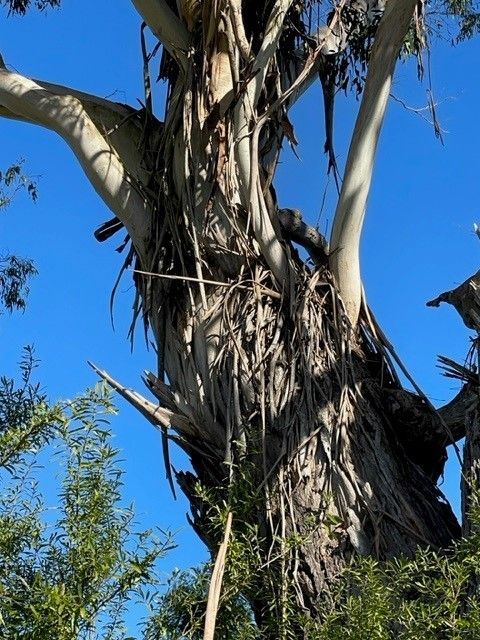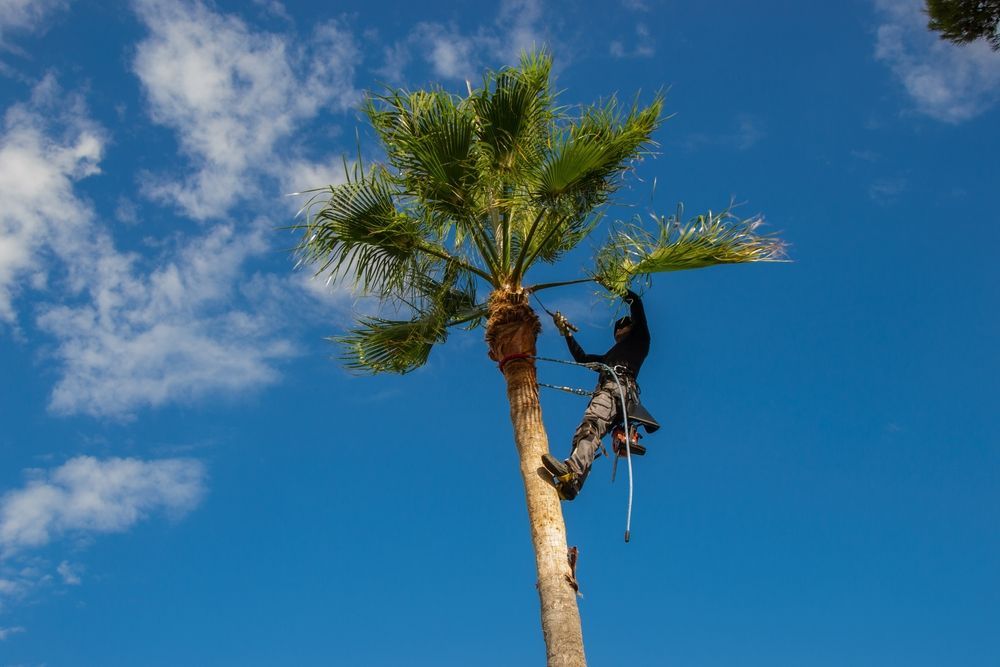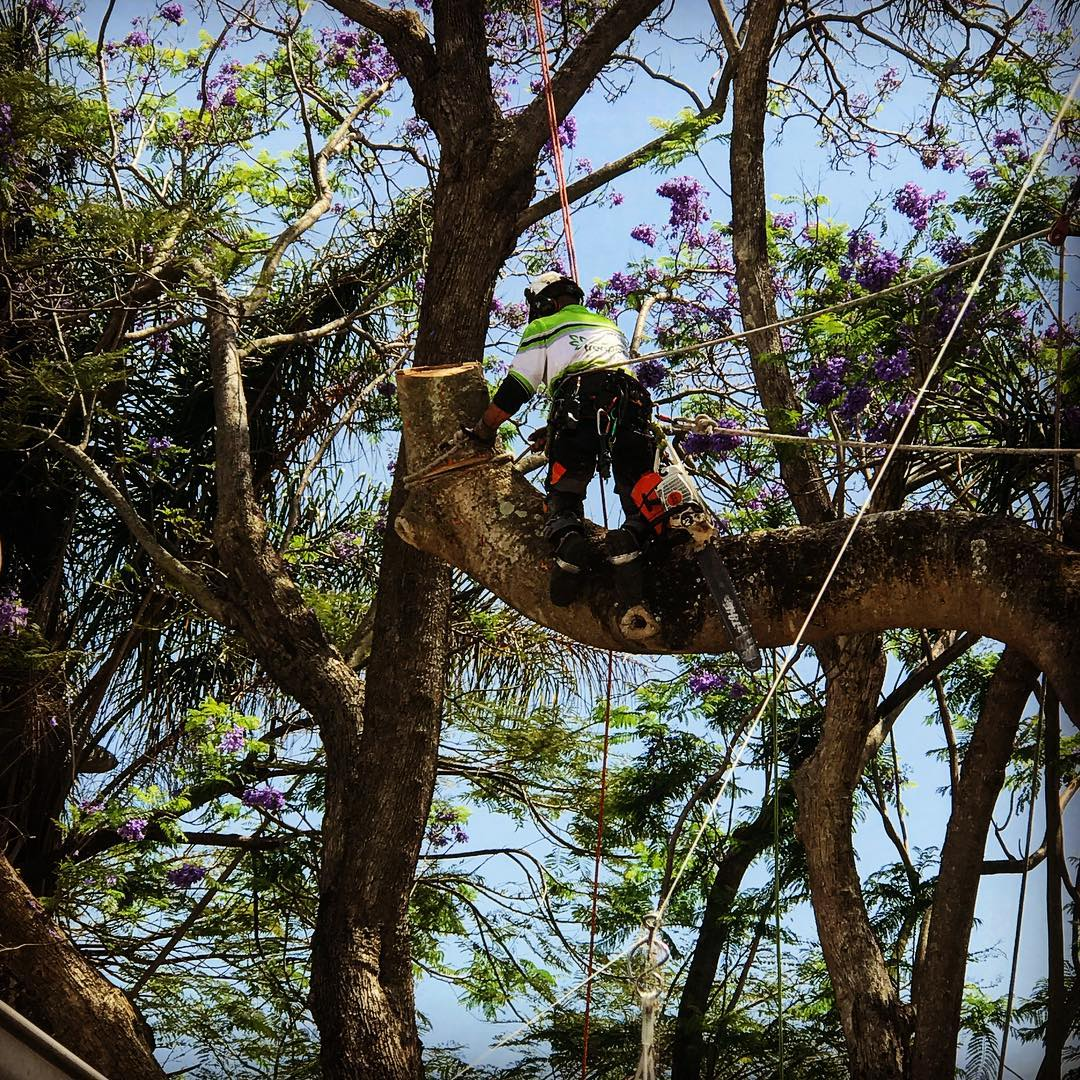Eucalyptus Ovata (swamp gum) Embracing the wetland Majesty
Exploring The Towering Beauty of Australia's Coastline

Introduction:
Eucalyptus Ovata, commonly known as Swamp Gum or Black Gum, is a majestic tree species that holds a significant ecological and cultural importance. Native to southeastern Australia, this magnificent tree thrives in wetland habitats and plays a vital role in supporting the unique biodiversity of the region. In this article, we'll explore the fascinating characteristics of Eucalyptus Ovata, including its distribution, height, abundance, and the intriguing process of shedding its bark.
Distribution and Habitat:
Eucalyptus Ovata can be found in the coastal regions of southeastern Australia, particularly in the states of Victoria, New South Wales, and Tasmania. These trees are often seen in wetland areas, including swamps, riverbanks, and near lakeshores. Unlike some other eucalypt species, Eucalyptus Ovata has adapted well to the waterlogged conditions and poorly drained soils commonly found in these habitats.
Height and Growth:
Swamp Gums are renowned for their impressive size. They are known to grow to heights ranging from 20 to 45 metres but most commonly 30 metres (65 to 150 feet), making them one of the tallest eucalypt species. The trees have a straight, slender trunk that can reach substantial girth as they age. Their branches extend horizontally, forming a characteristic dense and rounded crown, providing vital shelter and nesting sites for numerous native bird species.
Abundance and Conservation Status:
While Eucalyptus Ovata is a vital component of its native ecosystem, the species faces some conservation concerns due to habitat loss and land development. As wetlands are often drained for agricultural and urban purposes, the natural habitats of the Swamp Gum are declining. Additionally, climate change and altered hydrological patterns might impact the tree's distribution. Conservation efforts are crucial to protect and restore these unique ecosystems that depend on the presence of Eucalyptus Ovata.
Bark Shedding:
One of the most distinctive features of Eucalyptus Ovata is its bark shedding behavior. The tree's bark undergoes a fascinating process of continuous renewal, which is essential for its health and survival. The bark of young Swamp Gums is smooth, ranging from a reddish-brown to gray color, providing an aesthetically pleasing appearance.
As the tree matures, the outer bark sheds in long ribbons, revealing a fresh, vibrant, and smooth inner bark underneath. This process of shedding, commonly known as "exfoliation," serves several crucial purposes. Firstly, it helps the tree to get rid of accumulated dead bark, reducing the risk of fungal or pest infestations. Secondly, the shedding of bark allows the tree to adjust to changing environmental conditions, including temperature fluctuations and moisture levels.
When Does the Shedding Occur?
Eucalyptus Ovata tends to shed its bark during the warmer months, typically from late spring to early autumn. This period is optimal for the tree's growth and repair as higher temperatures stimulate metabolic activity. Shedding the outer bark enables the tree to maintain a healthy and efficient photosynthetic process, allowing it to produce energy and thrive throughout the year.
Conclusion:
Eucalyptus Ovata, the magnificent Swamp Gum, is a tree species with immense ecological significance in the wetlands of southeastern Australia. Its towering presence and unique bark shedding behavior make it a captivating subject of study for botanists, ecologists, and nature enthusiasts alike. With increasing awareness and conservation efforts, we can ensure the protection of these vital ecosystems, allowing Eucalyptus Ovata to continue flourishing for generations to come.



